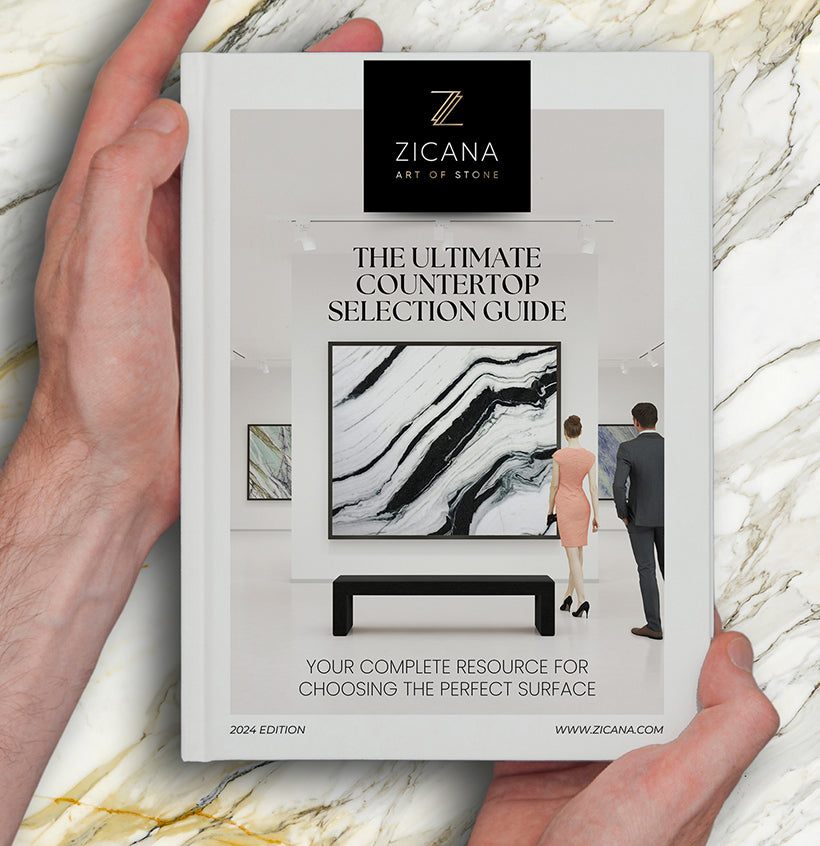How Often Fluoride Varnish Helps Protect Stone Surfaces—And What That Really Means
When one hears “fluoride varnish,” dental care often comes to mind. However, this term has also made its way, in spirit if not in content, into the world of natural stone preservation. While not directly applied to surfaces like marble or granite, the concept of protective treatment—akin to fluoride varnish for teeth—is gaining traction in high-end architectural and residential design, especially among those using exquisite materials such as natural stone, quartz, porcelain, and sintered surfaces.
So, how often does “fluoride varnish,” or its stone-preserving analogs, help protect stone surfaces? The short answer: routinely applying a high-quality stone sealer or treatment can dramatically extend the life and aesthetics of luxury surfaces. These treatments function like a fluoride varnish for your prized countertops, vanities, accent walls, and flooring by creating a barrier against stains, etching, and surface wear.
Why Preserving Stone Is Essential for Luxury Projects
Luxurious spaces deserve equally long-lasting finishes. Marble islands, quartz backsplashes, onyx feature walls, and travertine flooring are centerpieces of many custom kitchens and bespoke bathrooms. But even stones as resilient as those in the Quartzite Slabs Collection benefit from protective sealing.
These treatments help:
- Repel liquids: Protecting porous surfaces from water and oil staining
- Prevent etching: Especially on delicate stones like marble and limestone
- Enhance appearance: Keeping honed and polished surfaces lustrous and rich in tone
- Extend lifespan: Reducing the frequency of restoration needs
Regular maintenance through protective sealing is no longer optional—it's expected among refined homeowners and elite design professionals.
How Often Should You Apply a Stone “Fluoride” or Sealer?
One of the top queries we receive is about the frequency of this kind of protection. Just like fluoride on teeth needs occasional reapplication, so too do stone sealers. Here's a general guide based on stone type:
- Marble and Limestone: Every 6–12 months depending on exposure and usage (Explore our Marble Slabs Collection)
- Granite: Every 12–18 months; more frequent in kitchens (Granite Slabs Collection)
- Quartz and Sintered Stone: Typically non-porous and do not require sealing, but cleaning with pH-safe products extends brilliance (Sintered Stone Slabs Collection)
- Travertine and Soapstone: Every 6–9 months to maintain color and prevent dulling (Travertine Slabs Collection)
It’s important to conduct the “water test” on stone surfaces: if water no longer beads and immediately darkens the stone, it’s time to reseal.
Looking to invest in long-term stone longevity? Our Exclusive Offers Collection allows homeowners and designers to explore premium materials while benefiting from cost-saving elegance. Use Promo Code WELCOME100 for $100 off any order over $1,000.
Choosing the Right Sealer for Your Stone
Matching the right product to your stone type is as crucial as applying fluoride to enamel—it must be formulated for the surface you're protecting. The sealing products used should be tailored to:
- Porosity: More porous stones (like limestone) need deeper-penetrating formulas
- Finish: Honed, polished, or leathered surfaces all interact differently with sealers
- Usage: High-traffic areas need more durable, possibly solvent-based sealants
Our experts often recommend enhanced sealers that not only provide protection but also enrich the stone's natural veining, color, and texture. Whether it’s a gemlike onyx backsplash or a durable quartzite feature wall, sealing preserves both beauty and structure.
Best Practices for Maintaining High-End Stone Surfaces
Like stylish architecture and tailored interiors, luxury stone care is all about precision and consistency. Here’s how to keep surfaces timeless:
- Clean regularly with pH-neutral solutions only—avoid vinegar or harsh chemicals.
- Wipe spills promptly to prevent acidic damage from citrus, wine, or oils.
- Use soft pads and coasters under heavy or sharp items to avoid physical abrasions.
- Schedule resealing based on your usage, porosity, and type of stone.
For those investing in Made-to-Measure Custom Countertops, incorporating sealing treatments into your installation plan ensures long-lasting performance and brilliant aesthetics from day one.
FAQs: Maintenance Wisdom for Stone Enthusiasts
How do I know when my stone needs to be resealed?
Perform the water droplet test: sprinkle a few drops on the stone. If it beads up, your sealant is still effective. If it absorbs and darkens the surface immediately, it’s time to reseal.
Can quartz be sealed like natural stone?
Quartz, especially those in the Raphael Quartz Collection, is non-porous and does not require sealing. However, gentle maintenance ensures its resistance to polish loss over time.
What happens if I over-seal my stone?
Over-sealing can result in a hazy or sticky surface. Always follow the manufacturer’s guidelines and consult a professional before applying subsequent layers.
Can sealing change the color of my stone?
Penetrating sealers typically maintain the stone’s natural tone, while enhancing sealers may deepen its colors—especially in darker varieties like soapstone or onyx. Always test on a small, discreet area before full application.
Elevate Your Space—And Preserve It
Protecting stone surfaces with a sealing strategy akin to “how often fluoride varnish” is applied in dental context ensures beauty and durability. It’s a small routine that yields long-term luxury. At Zicana Boutique, we provide not only extraordinary stone varieties across our curated collections but also the insight and tools needed to preserve them in their prime.
Whether you're designing a culinary sanctuary with materials from our Kitchen Decor Collection or creating a museum-worthy entry with gemstone slabs, we invite you to see what’s possible with timeless surfaces—and protect them properly from the start.
Explore our Exclusive Offers Collection today, and don’t forget to Use Promo Code WELCOME100 for $100 off any order over $1,000. Your next masterpiece is only a seal—literal and figurative—away.



















